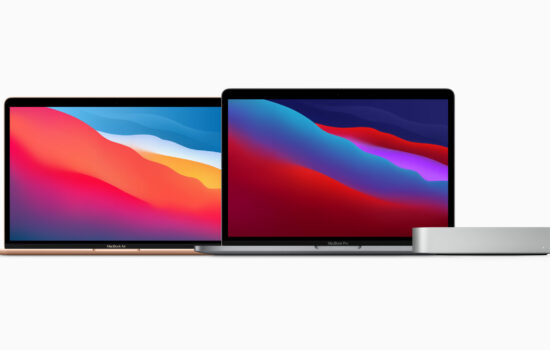Many of today’s high-demand positions appeared in the past several years. As technology progresses, teachers can assist students in acquiring the skills they will need for the jobs of the future.
To what extent does technology play a role in the classroom now? COVID-19 outbreak is serving as a stark reminder of the importance of online education. Today, teachers use online learning as a valuable instructional tool. They incorporate technology into current curricula rather than utilize it merely as a crisis management tool.Â
Students’ interest in learning may be piqued, instructors’ lesson plans can be improved, and learning can be more individualized with digital technologies. Video, augmented reality (AR), virtual reality (VR), and other advancements significantly enhance classroom interaction. They also create inclusive learning environments that encourage collaboration and curiosity among students.Â
In the following paragraphs, you can read about the benefits of technology in the classroom setting.Â
Quick and convenient access to information
In today’s world, students have access to a wealth of knowledge thanks to the power of technology. Textbooks are being largely replaced by search engines and e-books. Personal teachers can be replaced with instructional films accessible at anytime and from any location, as well as massive open online courses. When I was a student, I turned to special companies to write my assignment following their sample. There are many platforms that provide examples of excellent academic works so students can complete an excellent paper after checking them.
Real-world connections
A Geology instructor can give their class a virtually guided tour of Grand Canyon National Park using Google Earth. Students can be taken on a tour of the White House by a History professor. This way, teachers may eliminate the physical boundaries of the classroom. Technology allows students to link the curriculum to the real world, significantly improving their experience.Â
It helps pupils get ready for the workforce
It is essential to have more than a basic understanding of certain technology tools to succeed in the workplace of the twenty – first century. Students will be better equipped for the modern workplace if technologies are included into their curriculum and different activities.Â
Fostering collaborative spirit
A wide range of collaboration-enhancing features may be found in educational software. Video conferencing systems like Zoom and Skype allow students from all over the world to participate in virtual sessions. Students may readily collaborate on projects with each other using free online storages like Google Drive. This improves overall participation in both the academic and professional arenas.Â
Adaptation to a wide range of learning styles
Educators can address differences in learning styles and skills among their students. It becomes possible with the appropriate tech tools. For example, by using a Student Insight Solution platform, one can get a clear picture of what students are communicating and what they need. Technology enables educators to communicate and collaborate with everybody, no matter where they are or what their issues are.
Students learn how to act responsibly when using the internet
Most students have already become digital citizens as a result of the abundance of social media sites available to them. It’s possible to teach young people to be more responsible in the digital world by bringing technology into classrooms. The classroom becomes a microcosm of the larger digital realm. Students can practice communication, research, and engagement with other digital citizens in a controlled environment.Â
Students sharpen their critical thinking skillsÂ
When it comes to developing critical thinking, technology has a significant role to play. As a result of varying teaching methodologies, pupils might come up with their own answers. They approach information seriously, analyzing each piece of data to get to the intended outcome.Â
Tablets, movies, simulations, audio recordings, and collages have taken the role of textbooks and papers. These tools enable learners to express themselves in a style that is most comfortable and relatable to them. In its turn, it allows learners to excel and achieve higher grades.
It makes learning more enjoyable Â
Every element of students’ life, both inside and outside of school, is impacted by their usage of technology. The incorporation of technology in the classroom increases the excitement of learning. Teachers can use interactive games and leaderboards to give lessons. With tech tools, they can also easily adopt strategies like game-based learning (it’s hard to find someone who doesn’t like playing games). Insight tools help to gather feedback and objectively examine the effectiveness of these gamification activities.Â
Final thoughts
Clearly, technology is playing an increasingly significant role in education, both now and in the future. The proper use of technology in education is essential, though many conventional teaching techniques are still important.Â









